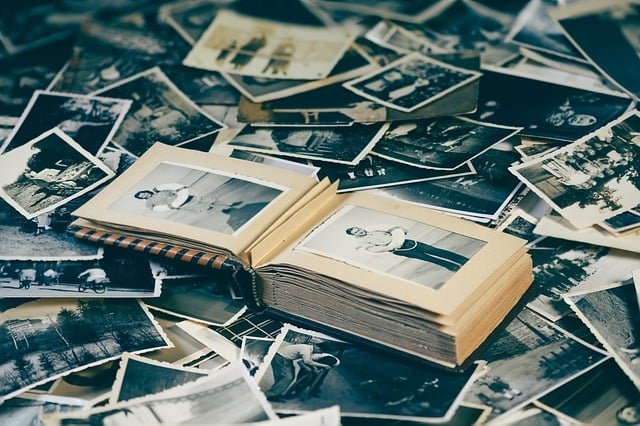How a Photo Box Helps You Organize and Explore Pictures
A photo box is a simple way to keep pictures, postcards, and small memories together in one place. This article explains how to sort and store photos, create sections for different events, and use labels or notes to remember details. Learn how organizing a photo box can make it easy to explore past moments, compare pictures, and enjoy memories in a hands-on, practical way.

Managing printed photographs can feel overwhelming when you have years or decades of memories scattered in drawers, envelopes, and various containers throughout your home. A photo box system transforms this chaos into an organized collection that protects your images while making them easily accessible for viewing and sharing.
What Makes Photo Organization Tips Effective
Successful photo organization starts with choosing the right storage container and developing a consistent system. Acid-free photo boxes protect your images from deterioration while providing enough space for proper sorting. The key lies in creating categories that make sense for your family, whether by year, event, or person. Start by gathering all your loose photos in one location, then sort them into broad categories before placing them in labeled sections within your photo box.
Memory Keeping Ideas That Preserve Stories
Photo boxes excel at preserving not just images but the stories behind them. Consider writing brief descriptions on the backs of photos using archival-safe pens, or include small index cards with details about dates, locations, and people featured. Create themed sections within your box for holidays, vacations, milestones, and everyday moments. This approach transforms your photo box from simple storage into a comprehensive family history that future generations can understand and appreciate.
How to Store Photos for Long-Term Preservation
Proper storage techniques ensure your photographs remain in excellent condition for decades. Place photos in archival-quality sleeves or use acid-free paper between layers to prevent sticking. Store your photo box in a cool, dry location away from direct sunlight, basements, and attics where temperature and humidity fluctuate. Keep the box horizontal rather than standing upright to prevent photos from sliding and bending. Avoid using rubber bands, paper clips, or adhesive materials that can damage photos over time.
Photo Box Labeling Systems That Work
Effective labeling makes your photo collection truly functional. Use a consistent dating system, such as year-month format, and write labels clearly on both the box exterior and internal dividers. Create a simple index card system listing the contents of each section, which you can update as you add new photos. Consider color-coding different decades or family branches using colored dividers or labels. This systematic approach allows anyone in your family to locate specific photos quickly.
Organizing Keepsakes Beyond Just Photographs
Photo boxes can accommodate more than just pictures, serving as comprehensive memory containers. Include concert tickets, greeting cards, newspaper clippings, and other flat memorabilia alongside related photos. Create dedicated sections for school photos, wedding materials, baby items, and travel souvenirs. Use small envelopes within the box to hold tiny items like hospital bracelets or pressed flowers. This integrated approach keeps related memories together and tells more complete stories.
| Storage Solution | Provider | Cost Estimation |
|---|---|---|
| Acid-Free Photo Box | Gaylord Archival | $15-30 |
| Photo Storage System | Cropper Hopper | $25-45 |
| Archival Photo Albums | Lineco | $20-40 |
| Photo Organizer Box | IRIS USA | $12-25 |
Prices, rates, or cost estimates mentioned in this article are based on the latest available information but may change over time. Independent research is advised before making financial decisions.
Creating an Accessible Family Archive
The ultimate goal of photo box organization extends beyond personal satisfaction to creating a resource your entire family can enjoy. Position your organized photo boxes in accessible locations and teach family members your system so they can contribute new photos and help maintain the organization. Consider creating duplicate boxes for different family branches or scanning select photos to share digitally while maintaining the physical originals. Regular maintenance sessions, perhaps quarterly, help keep your system current and prevent the accumulation of unsorted photos.
A well-organized photo box system transforms scattered memories into a treasured family resource that encourages regular exploration and storytelling. This physical approach to photo organization offers reliability, accessibility, and the irreplaceable experience of holding actual photographs while sharing memories with loved ones.




